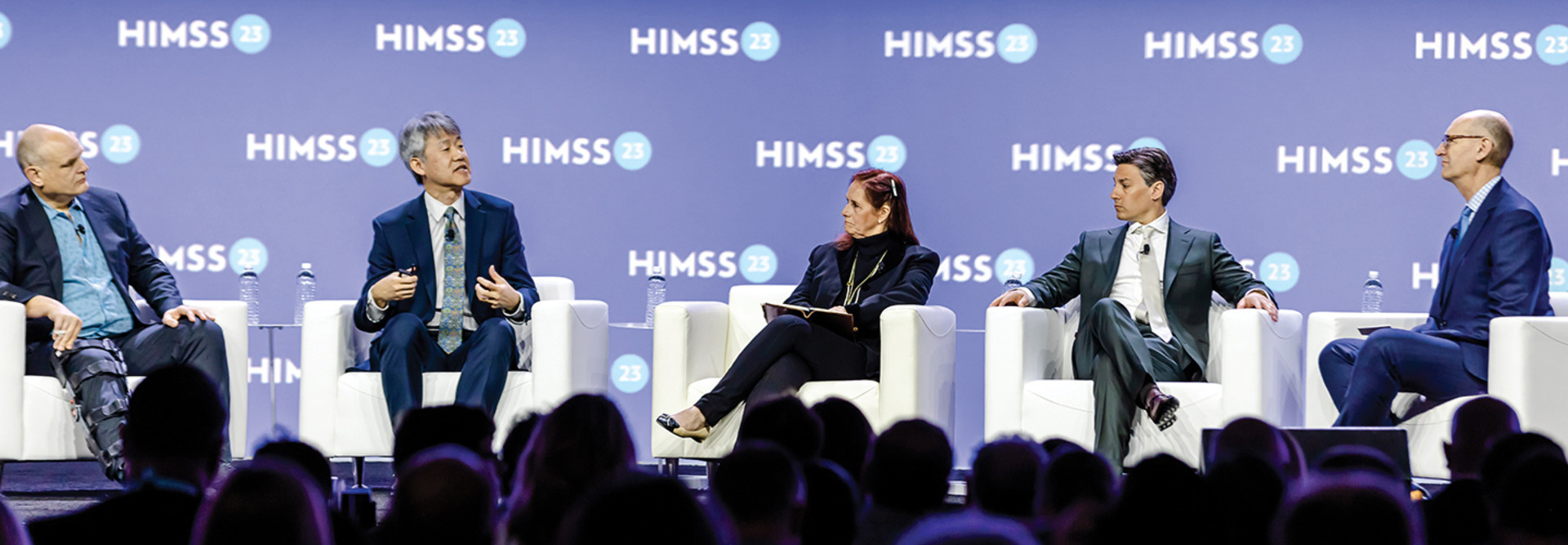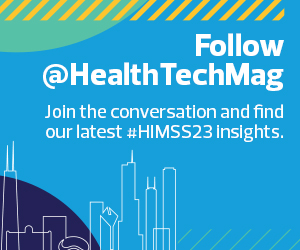After Centuries of Automated Imaginings, What’s Next?
Before the panelists began their discussion, Ross provided historical context about how people throughout history have imagined autonomous tools and mechanized ways of being. He reached back further than the 1950s, before modern usage of the term AI, to stories from antiquity, recalling the myth of Icarus and his assisted flight.
“While we dreamed about technology, we’ve also been worried about the consequences,” Ross said.
Just as Daedalus advised his son to take “the middle way” on his flight, to avoid plunging into the sea or getting scorched by the sun, should those interested in AI/ML also take heed? On this “long arc of human accomplishment and imagination,” what can people achieve next?
Ross said that rather than “big AI” solutions tackling grand tasks such as machines diagnosing diseases better than clinicians, “little AI” solutions are already listening, writing and helping with everyday tasks that are already changing how people live and work.
WATCH: CISA’s deputy director talks healthcare cybersecurity at HIMSS23.
At the start of the discussion, Moore said that the maturation of AI solutions at scale will happen among healthcare leaders working toward actual use cases, not the tech giants. He also stressed the importance of understanding the difference between AI development and deployment, and how the two cannot be conflated.
“Don’t wait for a small number of experts in Silicon Valley,” he said.
Lee added that the “healthcare community needs to assertively own decisions” related to AI. He highlighted the potential of generative AI to help patients interpret clinical decisions, improve clinical note taking and enhancing medical education and research.














